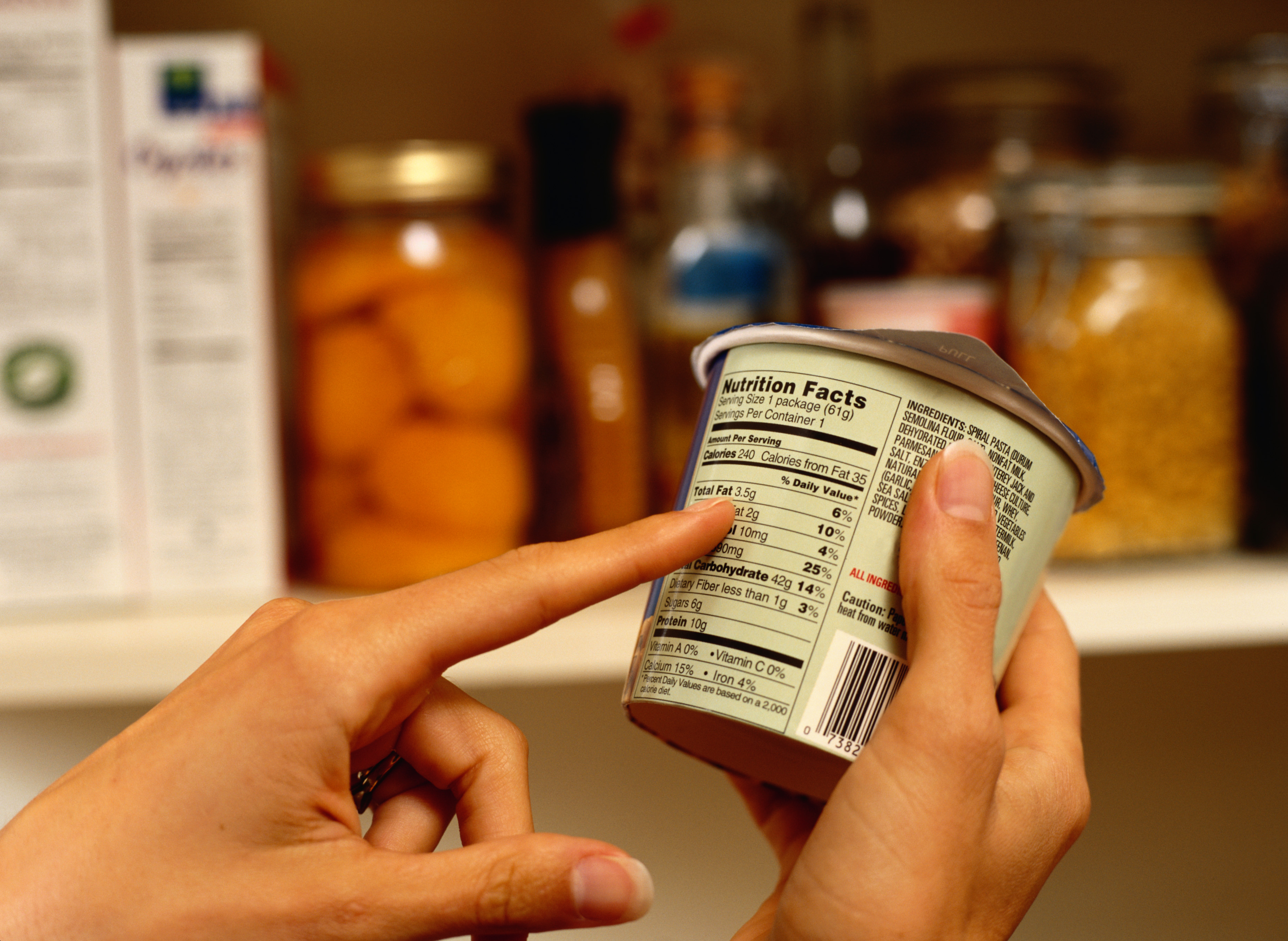FDA Food Labeling Changes: What Businesses Should Know
The FDA food labeling changes impact businesses that have $10 million in annual revenue or more per year. Businesses must meet FDA food label requirements by January 1, 2020. The changes will impact the following on the Nutrition Facts Chart:
• Daily values
• Serving sizes
• Formatting
• More
Changes in Effect on January 1, 2020
Businesses must update their FDA food labeling guide to meet the extensive changes required by the FDA. These changes include:
• Calories must be in a larger, bolded type that makes the number of calories stand out from other items on the label.
• Serving size must also have a larger, bolded type to allow consumers to know how many servings are in each container.
• Added sugars must no longer be listed in with total sugars and must be declared in their own section on the label.
• Daily value must be defined in a truncated footnote and must state that for ages 1 to 3, 1,000 calories are used as general nutrition advice.
For certain products that have 200% to 300% of the reference amounts customarily consumed, the FDA food label requirements require to add an additional column to the label. The column will contain the nutritional information for the entire package.
Nutrient Requirements
Certain nutrient requirements must now be listed to the nutritional label in either milligrams and micrograms:
• Calcium
• Iron
• Potassium
• Vitamin D
The nutrients will also have to list their actual declared amount of daily value.
Companies are no longer required to list Vitamin A or C on the nutrition label. Companies can still opt to include these values, but they’re no longer necessary under the current guidelines.
Updated Daily Values
One of the interesting FDA food labeling changes comes with the daily values listing. The daily values on some of the items, when compared side-by-side, have increased or decreased slightly.
The FDA aims to make this information more accurate and properly reflect the true daily value in each serving.
A few of the major changes, based on new scientific data, have led to daily value changes specifically for the following:
• Dietary fiber
• Sodium
• Vitamin D
Daily Value information will be included to better explain to consumers that the percentage of daily value is based on the 2,000-calorie diet and is meant for general nutrition advice.
It’s important to note one major change in the FDA food labeling guide: calories from fat. Labels will no longer require the total calories from fat because the FDA states that knowing the type of fat is more important. There will still be information on the total fat, saturated fat, and unsaturated fat.
Failure to Meet Changes
Food labeling requirements and changes are easy to implement and minor in terms of design. Companies will be expected to meet labeling deadlines, and if they don’t, they face potential legal issues and fines.
The changes have been in the works for years with the original compliance date of July 2018 being pushed back to January 2020 or 2021, depending on the company’s size and revenue. Companies will want to implement these changes now to avoid any potential compliance issues.
If you have doubts about how to update or design a food label to comply with the FDA Cosmereg can assist you in each step. For more information just contact us +17273509380 or info@cosmereg.com.




